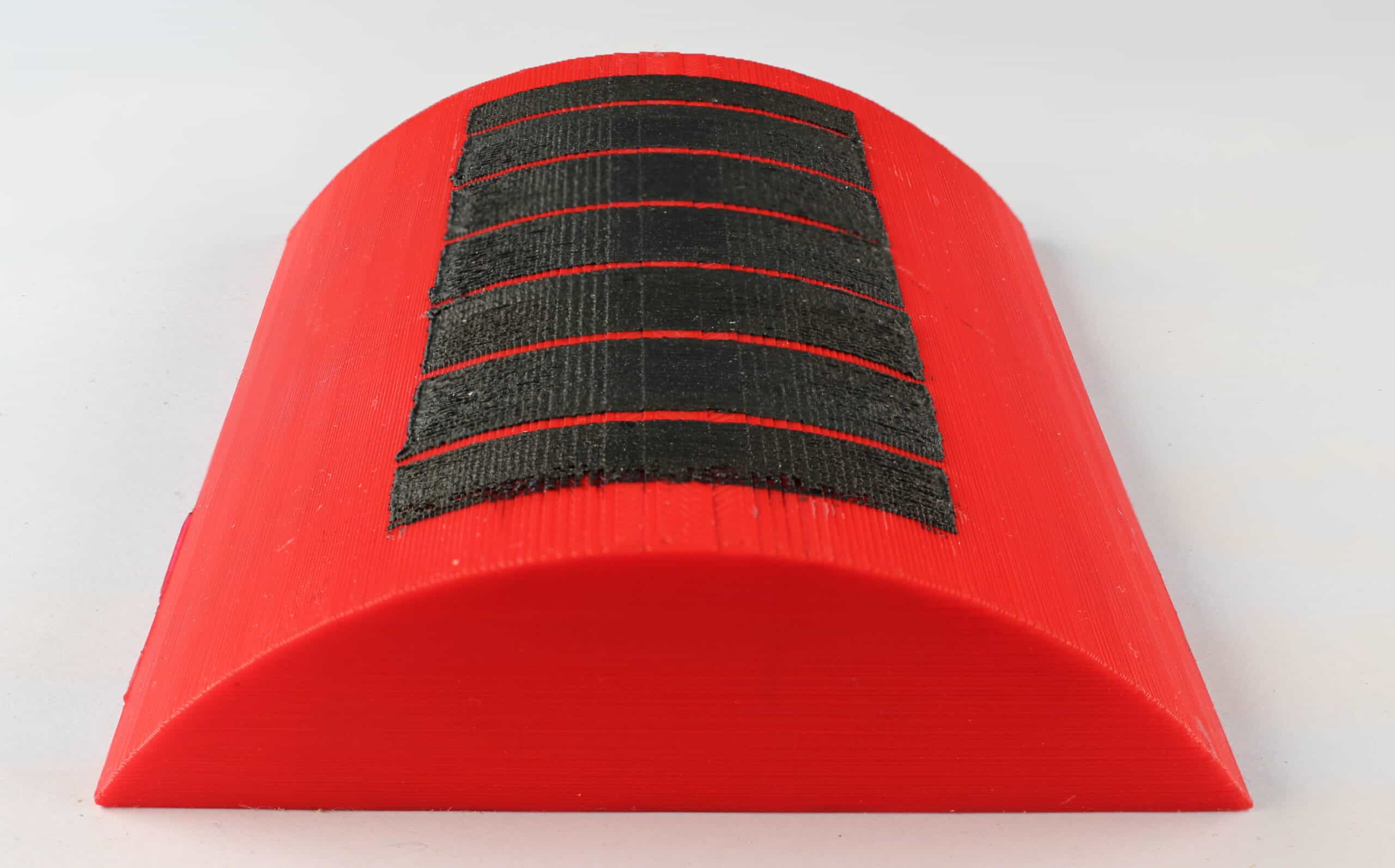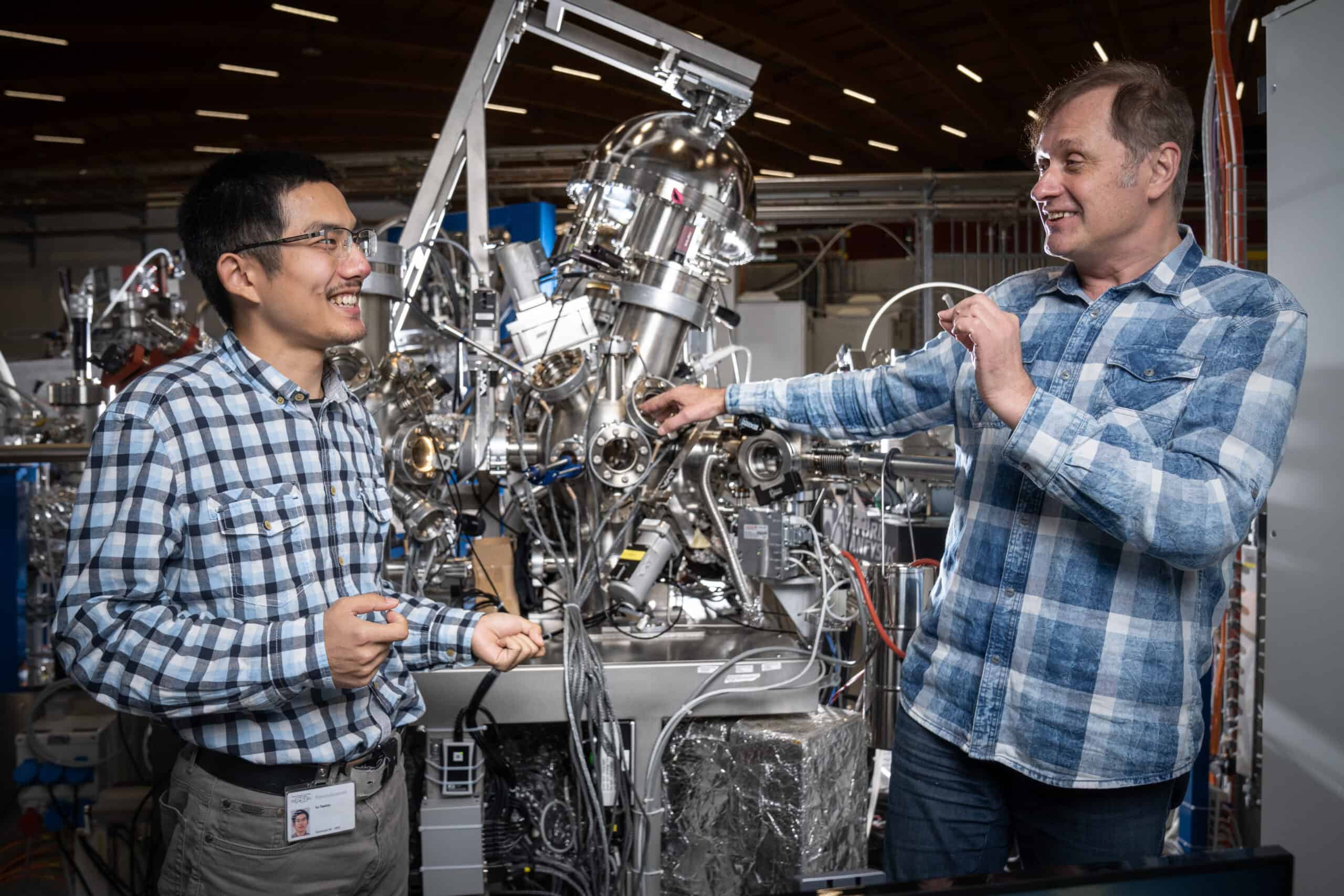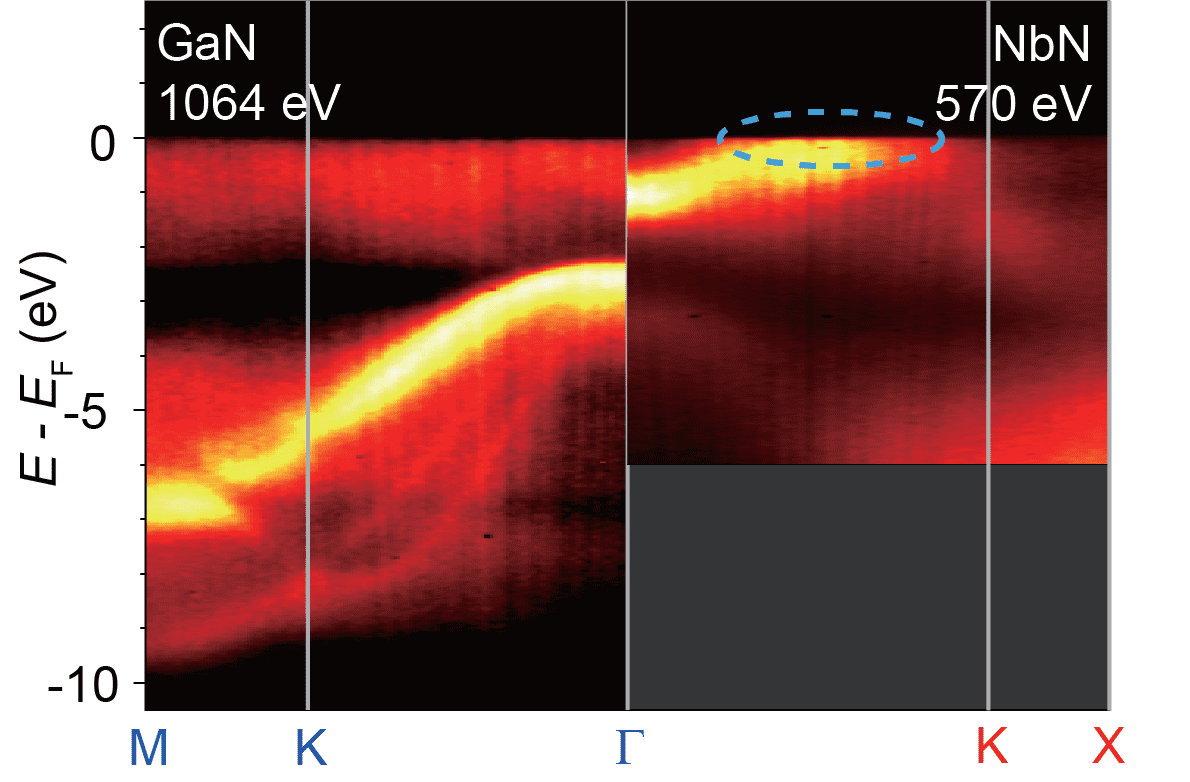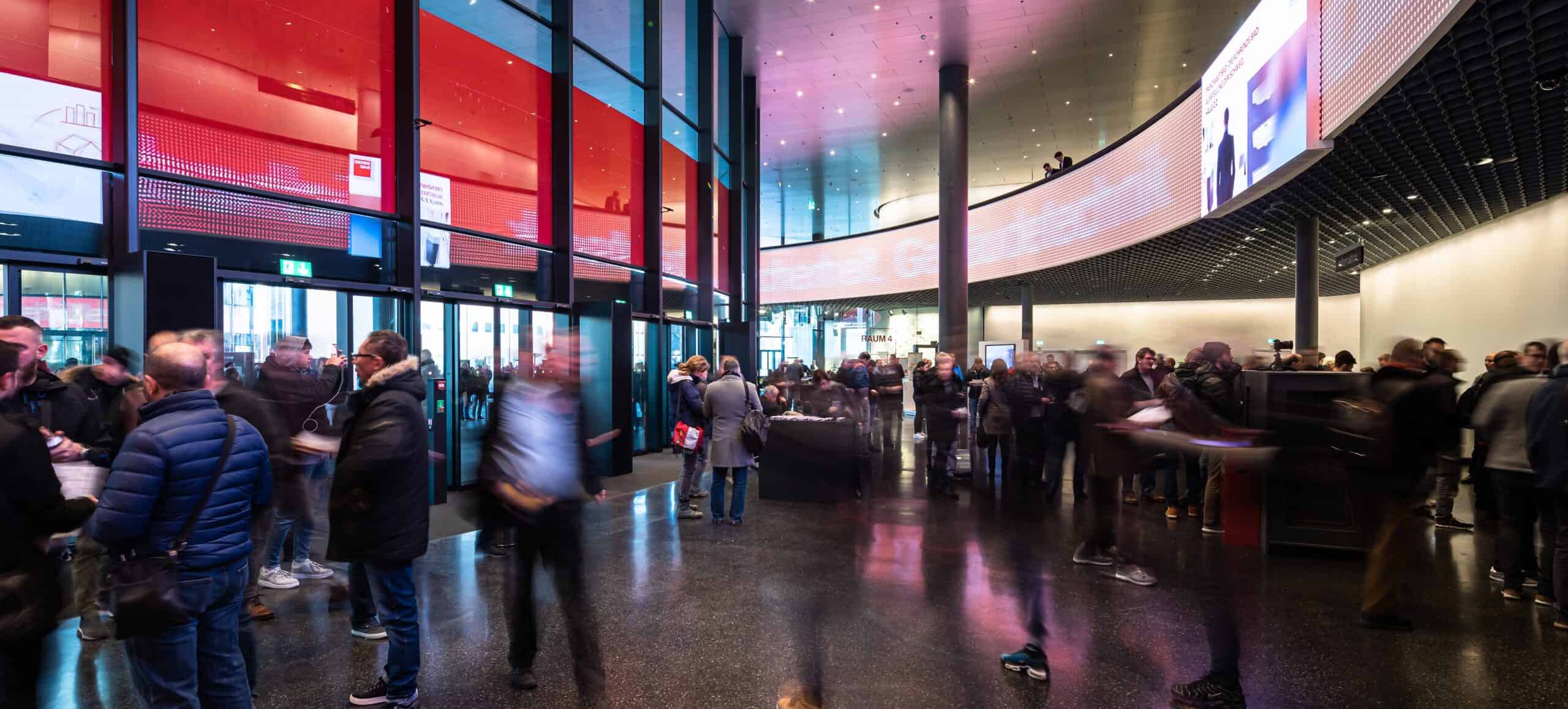Shellac for printed circuits
Intelligent packaging with sensors that monitor foodstuffs such as vegetables on long transport routes is a trend for the future. But such "disposable electronics", which are printed en masse, also cause problems: Metals in printing inks are expensive - and their environmentally sound disposal is costly and exacerbates the problem of electronic waste. A new solution from Empa researchers aims to remedy this.

More precise, faster, cheaper: researchers all over the world have been working for years on producing electrical circuits using additive processes such as robotic 3-printing ("robocasting") - with great success, although this is now becoming a problem. The metal particles that make such "inks" electrically conductive are exacerbating the problem of electronic waste. Especially as the mass is likely to increase in future in view of new types of "disposable sensors", some of which are only in use for a few days.
Unnecessary waste, thinks Gustav Nyström, head of Empa's Cellulose & Wood Materials department: "There is an urgent need for materials that strike a balance between electronic performance, cost and sustainability." To develop an environmentally friendly ink, Nyström's team therefore set ambitious goals: metal-free, non-toxic, biodegradable. And with an eye on practical applications: easily malleable and stable to moisture and moderate heat.
With carbon and shellac
The researchers chose inexpensive carbon as the conductive material, as they recently reported in the online scientific journal "scientific reports". More precisely: elongated graphite platelets mixed with tiny soot particles that establish the electrical contact between these platelets - all this in a matrix made of a well-known biomaterial: shellac, which is obtained from the excretions of scale insects. In the past it was used to make records; today it is used, among other things, as a varnish for wooden instruments and fingernails. Its advantages correspond exactly to the Empa researchers' desired profile. And on top of that it is soluble in alcohol - a cost-effective solvent that evaporates after the ink has been applied so that it dries.
Despite these ingredients, the task proved challenging. Because whether with simple screen printing or with modern 3D printers, the ink must exhibit "shear-thinning" behavior: At "rest", the ink is rather viscous. But at the moment of printing, when it is subjected to a lateral "shear force", it becomes somewhat more fluid - just like a non-drip wall paint, which only acquires a softer consistency when applied by the force of the roller. When used in additive manufacturing like 3D printing with a robotic arm, however, this is particularly tricky: An ink that is too viscous would be too tough - but if it becomes too liquid during printing, the solid components could separate and clog the printer's tiny nozzle.
Tests with real applications
To meet the requirements, the researchers tinkered intensively with the recipe for their ink. They tested two sizes of graphite platelets: with 40 micrometers and with 7 to 10 micrometers in length. Many variations were also needed in the mixing ratio of graphite and carbon black, because too much carbon black makes the material brittle - with the risk of cracks when the ink dries. By optimizing the formulation and the relative composition of the components, the team was able to develop several variants of the ink that can be used in different 2D and 3D printing processes.

"The biggest challenge was to achieve high electrical conductivity," says the researcher involved, Xavier Aeby, "while at the same time forming a gel-like network of carbon, graphite and shellac." The team investigated how this material behaves in practice in several steps. For example, with a tiny test cuboid: 15 superimposed grids from the 3D printer - made of fine strands just 0.4 millimeters in diameter. This showed that the ink also satisfies demanding processes such as robocasting.
In order to prove its suitability for real components, the researchers constructed, among other things, a sensor for deformations: a thin PET strip with an ink structure printed on it, whose electrical resistance changed precisely with varying degrees of bending. In addition, tests for tensile strength, stability under water and other properties showed promising results - and so the research team is confident that the new material, which has already been patented, could prove itself in practice. "We hope that this ink system can be used for applications in sustainable printed electronics," says Gustav Nyström, "for example, for conductive tracks and sensor elements in smart packaging and biomedical devices or in the field of food and environmental sensing."




















